Blogs and Free Resources
Here at ∞≈¿÷ ”∆µ, our mission is to provide professionals like you with FREE practical and valuable tools, strategies,
and resources to assist with the great work you do. Find expert tips, helpful worksheets, demonstration videos, CE, news,
and more here. Happy learning!
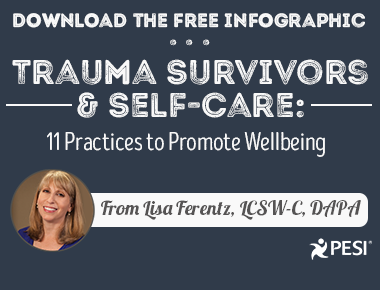
Trauma Survivors and Self-Care
11 Practices to Promote Wellbeing
How can you help your clients work on increasing acts of self-care? Keeping in mind that self-care can manifest in different ways, consider suggesting these 11 practices as "homework assignments" to promote wellbeing...
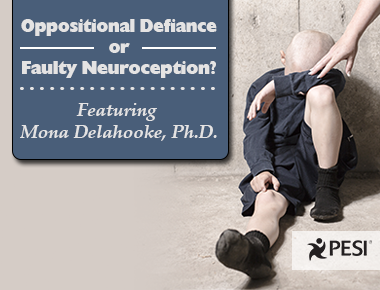
Oppositional Defiance or Faulty Neuroception?
Over the years I have come to believe that oppositional defiant disorder (ODD) is not a label that should be used to describe young children. As a developmental psychologist, I view oppositional defiance as a child’s response to stress. Viewing children’s challenging behaviors on a continuum of stress and stress recovery reveals a whole new way to think about this stigmatizing disorder, as well as a new way to support children, informed by neuroscience.
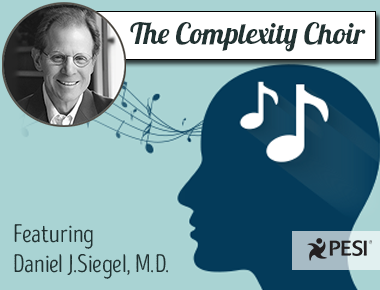
The Complexity Choir
I've come to believe that integration is the key mechanism beneath both the absence of illness and the presence of well-being. Integration -- the linkage of differentiated elements of a system -- illuminates a direct pathway toward health. It's the way we avoid a life of dull, boring rigidity on the one hand, or explosive chaos on the other. We can learn to detect when integration is absent or insufficient and develop effective strategies to promote differentiation and then linkage.
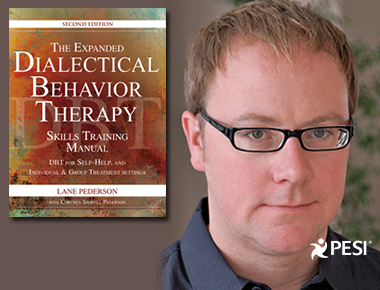
"Diabolical" Behavior Therapy
How to Explain Dialectics to Our Clients
If you've ever struggled to explain dialectics to your client, you're not alone. Learn how to clearly explain DBT to your clients, and get a free worksheet to help your client bring about dialectical balance and assist them in seeing options in their lives.

Dr. Bessel van der Kolk Demonstrates the Position of Joy
When the body is frozen in a position of terror, it's not possible to feel joy ... BUT in contrast, when the body is in a position of joy and openness, it's not possible to feel terror. In this short video, Dr. Bessel van der Kolk demonstrates the Position of Joy and shows you how it changes the way you take in emotions.
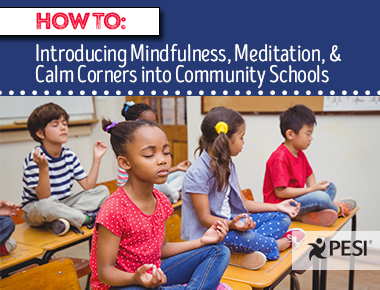
Introducing Mindfulness, Meditation, and Calm Corners into Community Schools
Schools are witnessing the benefits of bringing mindfulness practices into education as a strategy for promoting social and emotional learning among students. Check out these easy ways to integrate mindfulness routines for classrooms.
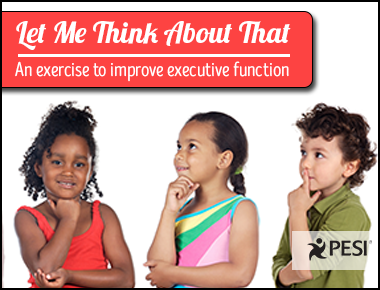
Let Me Think About That
An exercise to improve executive function
It’s helpful for children to have a strategy to think about an activity or action before they do it. Building “time to reflect” as well as “intent to act” into the thinking process is empowering. This worksheet provides an opportunity for the child to explore the parts of a task, the plan of action to complete the task and the steps to revise their approach in the future.

Yoga and Mindfulness Tools for Children: Grounding and Becoming Present
Get two yoga and mindfulness practices to share with the children in your life. Each exercise comes with matching¬Ýcoloring pages and worksheets¬Ýto further enhance the experience and deepen reflection, and you can download these supporting materials for free. Don‚Äôt forget to try these out yourself as well, as we all could use some orienting and grounding no matter what our age!¬Ý
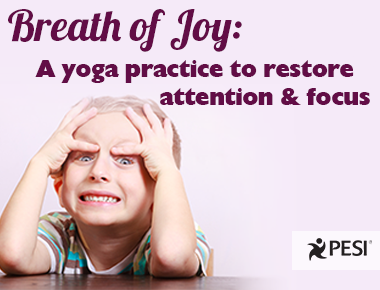
Breath of Joy
A Yoga Practice for Children with ADHD
Sometimes children with ADHD just can't stop moving...Here's a quick and enjoyable strategy to help restore attention and focus.

There's No Such Thing as You Made Your Bed Now Lie in It...
For many people who were raised in abusive, neglectful, or dysfunctional families, “you made your bed now lie in it” is a common life philosophy taught and promoted throughout childhood. But the truth is, the personal, academic, and professional decisions that met your needs 5, 10, or 20 years ago may be completely irrelevant to your life today.

